Seeker Bio
Birding British Columbia from the Trans Canada Trail
8 Birding Hotspots in BC Canada You May Not Know About
Best Birdwatching Trails of Canada's West Coast
Birding British Columbia from the Trans Canada Trail
The Trans Canada Trail in British Columbia (formerly the Great Trail) offers birders, photographers, nature lovers, outdoor enthusiasts, hikers, cyclists, and horseback riders over 3,280 km of trails and waterways to explore across the province. Specifically, in southern BC the Trans Canada Trail extends 1,495 km from the Elk Valley in the east, to Victoria, BC in the west. Along this route, we hiked over the alpine meadows of the Rocky and Coast Mountains, into the dry interior grasslands of the Rocky Mountain Trench and the Okanagan Valley, along the lush agricultural land of the Fraser Valley, out to the rocky coastlines of the Pacific Ocean, and through the wet, temperate rainforests on Vancouver Island. As a result, during our Come Walk With Us expedition, we experienced pristine wilderness, epic mountain scenery, and discovered some truly amazing and highly underappreciated bird watching destinations.
In that dawn chorus one hears the throb of life itself.
by Rachel Carson, in Silent Spring
Kimberley Nature Park Trails, Kimberley, British Columbia, Canada
Description: The Kimberley Nature Park in Kimberley, BC is the largest municipal park in British Columbia and is the next on our list of underappreciated birding hotspots that we discovered while birding British Columbia from the Trans Canada Trail. This 840 hectare green space, which is adjacent to the 200 hectare Horse Barn Valley Interpretive Forest, is located in the forested foothills of the Purcell Mountain range. It features forested hillsides with pockets of old-growth cedar, rugged talus slopes, numerous small ponds and streams, and low lying wetlands. The Kimberley Nature Park Society, who manages the park, has a mandate for conservation, education, and recreation, making the park a hidden gem for novice birders and nature enthusiasts alike.
Birds: At present, 130 bird species have been reported on eBird within the Kimberley Nature Park in Kimberley, BC. During our visit, we enjoyed seeing a few species that occur primarily in Western Canada, including a Varied Thrush, an American Dipper and a Pacific Wren. Another reason we included this park on our list of underappreciated birding hotspots in British Columbia is that it offers a chance to see quite a few species that have limited distributions within Canada, including the Pygmy Nuthatch, Williamson's Sapsucker, Black-chinned Hummingbird, Bullock's Oriole, and the Dusky Grouse.
Kootenay Lake, Nelson Waterfront Pathway, Nelson, British Columbia
Description: Next on our list of underappreciated bird watching destinations that we found while birding British Columbia from the Trans Canada Trail is Kootenay Lake, which is a long and narrow fjord lake situated between the Selkirk and Purcell mountain ranges in the Kootenay Region of BC, Canada. At 104 km length, it is one of the longest lakes in BC. Furthermore, it is surrounded by the steep, forested slopes of the surrounding mountains. The waterfront park offers access to the rocky shoreline of the lake, a long sandy beach, shrubby and treed habitat, and a small wetland.
Birds: Over 214 bird species have been reported on eBird along the waterfront in Nelson, British Columbia. Kootenay Lake has the highest recorded density of nesting Osprey anywhere in the world. In addition, during fall and winter bird watchers can observe an impressive array of waterfowl from the shoreline, including Redheads, Buffleheads, Western Grebes, and Barrow's Goldeneyes. Moreover, in summer, colourful highlights include Calliope, Rufus, and Black-chinned Hummingbirds, Yellow Warblers, and Cedar Waxwings that nest along the shoreline. One of our favourite experiences was watching mixed flocks of swallows performing their aerial ballet over the lake at sunset, wheeling and diving as they foraged for flying insects.
Pro Tip: Visitors to the Nelson Waterfront Pathway can also take a ride on the historic Streetcar #23, which was once part of the Nelson Street Railway, and has since been lovingly restored by the Nelson Electric Tramway Society.
Selkirk College Trails, Castlegar, BC, Canada
Description: The Selkirk College campus in Castlegar, BC is located at the confluence of the Columbia and Kootenay Rivers, in the heart of the Selkirk Mountains. Students from Selkirk College's Fish & Wildlife Program maintain a network of trails through the coniferous forests, and along the rocky shores, wetlands, and mudflats on the banks of both rivers. The variety of habitats, and their location under the Pacific Flyway, makes the Selkirk College Trails one of the best birdwatching trails on Canada's West Coast.
Birds: A surprising 257 bird species have been reported on the Selkirk College Trails, Castlegar, BC, including several provincial rarities. In the springtime, this is a great area for observing shorebirds, including Long-billed Curlews, Western Sandpipers, and Dunlin. In addition, the forested areas along the trail provide great opportunities for viewing forest birds such as Northern Saw-whet Owls, Downy Woodpeckers, and Black-headed Grosbeaks. Furthermore, the rivers are a gathering place for gulls, including California, Herring, and Bonaparte's Gulls. During our visit, a highlight was birding the Waldie Island Heron Refuge, where we spotted several waterfowl species, including Ring-necked Ducks, Northern Shovelers, and American Coots, as well as more than a dozen Great Blue Herons.
Pro tip: In addition to enjoying fantastic birding in and around Castlegar, BC, visitors can explore the nearby Doukhobor Discovery Center and Museum to learn about the fascinating history of the region.
Boothman's Oxbow Provincial Park, Columbia & Western Trail, Grand Forks, BC
Description: Next on the list of our favourite destinations while birding British Columbia from the Trans Canada Trail is Boothman's Oxbow Provincial Park near Grand Forks, BC. This small park is located along an oxbow of the Kettle River in the Boundary Region of British Columbia. Interestingly, it includes grassland and riparian habitat, as well as a rare community of black cottonwoods. This unique ecosystem is home to numerous red- and blue-listed wildlife species. In addition to excellent wildlife viewing, visitors to the park can enjoy white sandy beaches, epic mountain views, and a chance to observe some native grassland species, including Bighorn Sheep, Long-toed Salamanders, and Western Rattlesnakes to name just a few.
Birds: Over 149 bird species have been reported in Boothman's Oxbow Provincial Park, including grassland species like Western Meadowlarks, Savannah Sparrows, and Bobolinks, and the Canyon Wren, which is a desert bird. In addition, riparian birds like Yellow-headed Blackbirds, Marsh Wrens, Common Yellowthroats, and Virginia Rails are also relatively common. Surprisingly, the park is also a good place to spot a variety of shorebirds and waterfowl, including Ring-necked Ducks and Barrow's Goldeneyes.
Penticton Waterfront, Kettle Valley Rail Trail, Penticton, BC, Canada
Description: The town of Penticton, BC is located right on the shores of Okanagan Lake, and the Kettle Valley Rail Trail takes birders, hikers, cyclists, joggers, runners, and tourists along the Penticton Waterfront. Moreover, the townsite is situated on a small area of land that divides Okanagan Lake from Skaha Lake to the south, putting it in a unique geographical position. The surrounding South Okanagan region is a dry, hot, grassland which is now home to over 80 wineries, numerous fruit orchards, and multiple golf courses, which make is a popular tourist destination in British Columbia, Canada.
Birds: An amazing 197 species of birds have been reported along the Penticton Waterfront. In winter, Okanagan Lake hosts thousands of waterfowl and gulls, including California Gulls, Bonaparte's Gulls, American Wigeons, American Coots, and Gadwalls. In spring, colourful arrivals include Western Tanagers, Spotted Towhees, and American Kestrels. Although they are an introduced species, a particular highlight for us was seeing California Quail, which was a new addition to our life list.
Pro Tip: The 80 km stretch of the Kettle Valley Rail Trail between Penticton and Myra Canyon is extremely popular with cyclists looking to explore the Okanagan region.
Great Blue Heron Nature Reserve, North Dyke Trail, Chilliwack, BC
Trail: The Vedder River North Dyke Trail in Chilliwack, BC is a wide, level, gravel, 10 km trail that follows the banks of the Vedder River between Vedder Crossing and Keith Wilson Rd. This easy to navigate, family-friendly trail was created in a joint venture with the Rotary Club of Chilliwack, the Canadian Forces Base of Chilliwack, and the City of Chilliwack. Moreover, it allows birders, fishermen, hikers, runners, cyclists, and horseback riders to explore the beautiful mountain scenery and forested banks of the Vedder River.
Description: The Great Blue Heron Nature Reserve includes 325 acres of forests and wetlands on the floodplain of the Vedder River in Chilliwack, BC. Five trails take visitors through a variety of habitats on the property including forest, wetland, and two lagoons. Moreover, boardwalks, benches, scenic footbridges, birding blinds, and a lookout tower make birding the sanctuary a pleasure. Like the Gaetz Lake Migratory Bird Sanctuary in Red Deer, AB, which we visited while Birding the Trans Canada Trail in Alberta, the Great Blue Heron Nature Reserve also features a gift shop and an Interpretive Center with a well-stocked bird feeder, both of which are great places to learn more about the local birds and wildlife.
Birds: Over 175 species of birds have been reported at the Great Blue Heron Nature Reserve, but the main attraction is the breeding colony of Pacific Great Blue Herons. With over 90 nests, which are active from March to July, it is one of the largest nesting heron colonies on the Lower Mainland. In addition to the herons, the lagoons host a variety of waterfowl, including Snow Geese, Trumpeter Swans, and American Wigeons. Moreover, the surrounding forest supports songbirds such as Varied Thrushes, Mourning Warblers, and Golden-crowned Kinglets, all of which were highlights for us during our late November visit.
Pro Tip: If you visit the Great Blue Heron Nature Reserve between October and December the rivers and streams will be teaming with Chum, Coho, and Pink Salmon, and the paths and footbridges provide excellent, close-up views of the spawning salmon.
Rocky Point Park, Shoreline Trail, Port Moody, British Columbia
Trail: The Shoreline Trail is a 3 km pathway that links Rocky Point Park to Old Orchard Park in Port Moody, BC. In particular, it consists of two separate routes that trace the shoreline of Burrard Inland around Pigeon Cove. The upper route is a paved, multi-use path for cycling, jogging, and walking. Alternatively, the lower trail is a gravel bird watching and walking path that hugs the shoreline more closely. Both paths are easy to navigate, family-friendly, and involve minimal changes in elevation.
Description: Next on our list of underappreciated birding hotspots from our time birding British Columbia from the Trans Canada Trail is Rocky Point Park in Port Moody, BC. Specifically, it is a large green space located on the shores of Burrard Inlet, which opens into the Pacific Ocean. Moreover, it is part of the English Bay, Burrard Inlet & Howe Sound Important Bird Area (IBA), which includes all of Burrard Inlet east of Atkinson Point. Rocky Point Park is a treed green space that includes a playground, a spray pad, covered picnic shelters, and a restaurant against a backdrop of mountains. Furthermore, there is a long, wooden, recreational pier extending out into the inlet, and the lower pathway includes a zigzag boardwalk through a marsh, over a tidal mudflat, and along the forested shoreline of the bay.
Birds: Over 170 bird species have been reported in Rocky Point Park, Port Moody, BC. The pier is a great place for observing waterfowl, including Surf Scoters, Western Grebes, and Green-winged Teals. In addition, at low tide shorebirds like Killdeer, Greater Yellowlegs, and Dunlin can be seen on the exposed mudflats. Moreover, a variety of songbirds and migratory birds have also been reported in the park, including Song Sparrows, Northern Flickers, and American Goldfinches. Highlights during our visit in early November included seeing flocks of Mallards, Northern Pintails, Buffleheads, American Wigeons, Green-winged Teals, and Barrow's Goldeneyes floating in the bay. Finally, a highlight for birders and non-birders alike who visit this park is watching the Purple Martins bringing food back to their hungry nestlings in the large martin houses located near the inlet.
Pro Tip: If you are interesting in visiting other fantastic urban birding locations across Canada, check out our recommendations for Amazing Birding Hotspots in Winnipeg, Manitoba.
Esquimalt Lagoon Migratory Bird Sanctuary, Galloping Goose Trail, Victoria, BC
Trail: The Galloping Goose Trail is a 55 km long paved, multiuse rail trail that connects Victoria to Sooke, British Columbia, Canada. Open year-around to bird watchers, cyclists, hikers, joggers, runners, and horseback riders, it is an easy trail that traverses urban, rural, and wilderness-like scenery, giving it a place on our list of the best birding trails on Canada's West Coast.
Description: The Esquimalt Lagoon Migratory Bird Sanctuary is a saltwater lagoon located on Vancouver Island, just 10 km west of Victoria, near Colwood, BC. This 134 hectare sanctuary includes a large saltwater lagoon that is separated from the Juan De Fuca Strait by a narrow, 2 km long strip of land known as the Coburg Peninsula. The lagoon is connected to the strait at the northeastern tip, and it is also fed by several smaller streams year-around. Furthermore, it features wooded shorelines, mudflats, eelgrass, and estuary fringe marsh habitats. Low tide is an excellent time to visit, when a small island, several gravel shoals, and the mudflats may be exposed.
Birds: An impressive 239 bird species have been reported in the Esquimalt Lagoon Migratory Bird Sanctuary on eBird. In particular, from October to May the lagoon provides sheltered wintering habitat for thousands of waterfowl, including Northern Pintails, American Wigeons, and Green-winged Teal. This makes it a great place to learn or practice Winter Birding in Canada. In addition, the deeper waters of the straight can be a good place to scan for diving ducks, such Canvasbacks, Buffleheads, and Ruddy Ducks, as well as many species of gulls. Highlights during our visit included hearing the rough calls of a Belted Kingfisher as it flew low across the lagoon, spotting a group of Black Turnstones on the rocky shore, watching flocks of Buffleheads and Western Grebes bobbing out on the waves, and seeing a group of Northern Shovelers sheltering in the lagoon.
In Conclusion
In conclusion, British Columbia is a diverse and varied province that offers a wealth of top birding hotspots in BC Canada. From its forested mountain slopes, to the dry, hot grasslands of the Interior, to the rocky coastlines and lush temperate rainforests of Vancouver Island, BC is a worthwhile stop on any bird watcher's bucket list. During our time birding British Columbia from the Trans Canada Trail we had a chance to visit some of the more popular birding destinations in the province. However, like our lists of under-celebrated birding hotspots in Ontario, our recommendations for the best bird watching trails in British Columbia on the Trans Canada Trail include some of our favourite underappreciated bird watching hotspots in BC Canada.
Top Birding Hotspots in BC Canada You May Not Know Of
Birding the Trans Canada Trail in British Columbia
When you subscribe to the blog, we will send you an e-mail when there are new updates on the site so you wouldn't miss them.


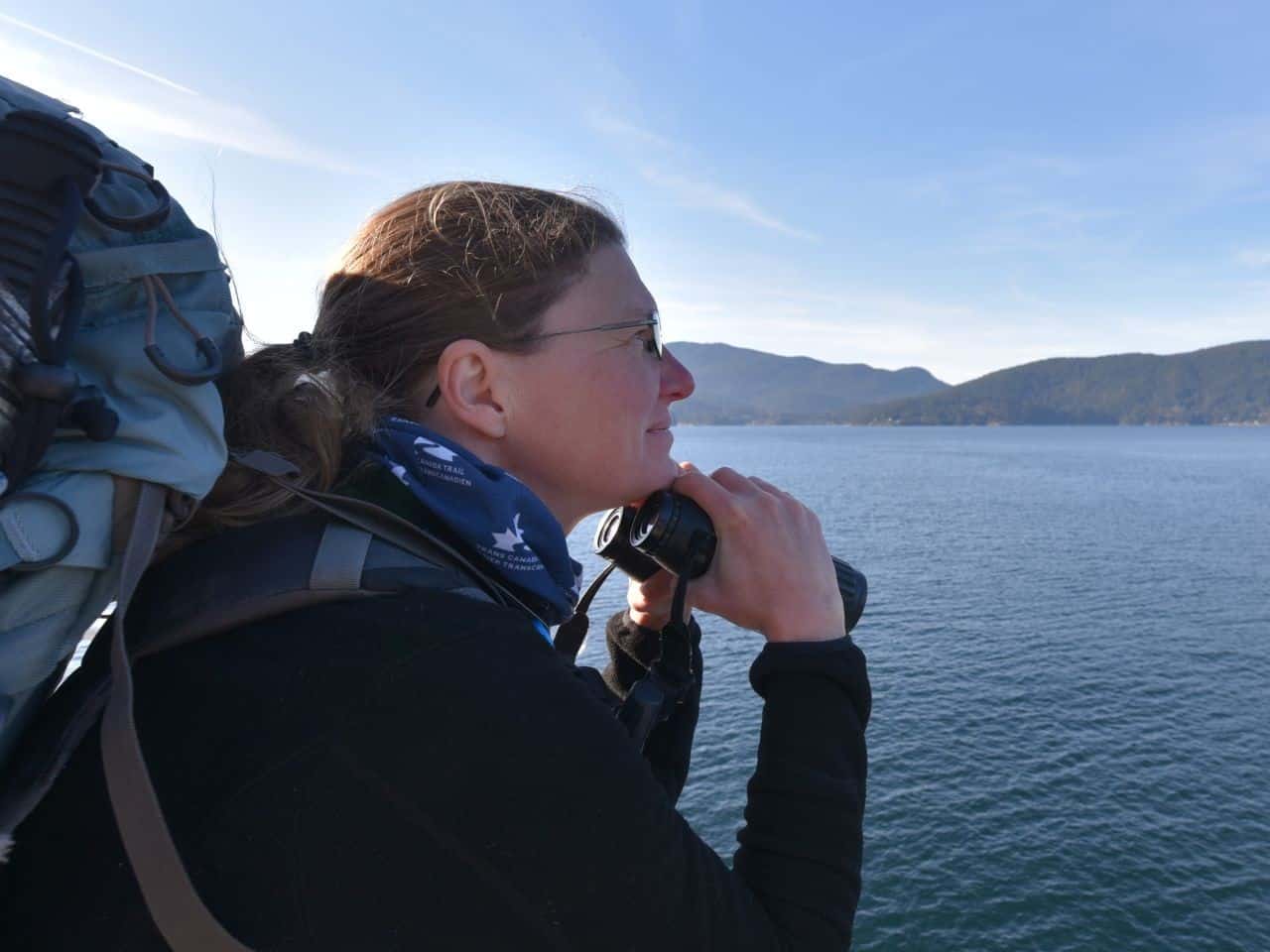
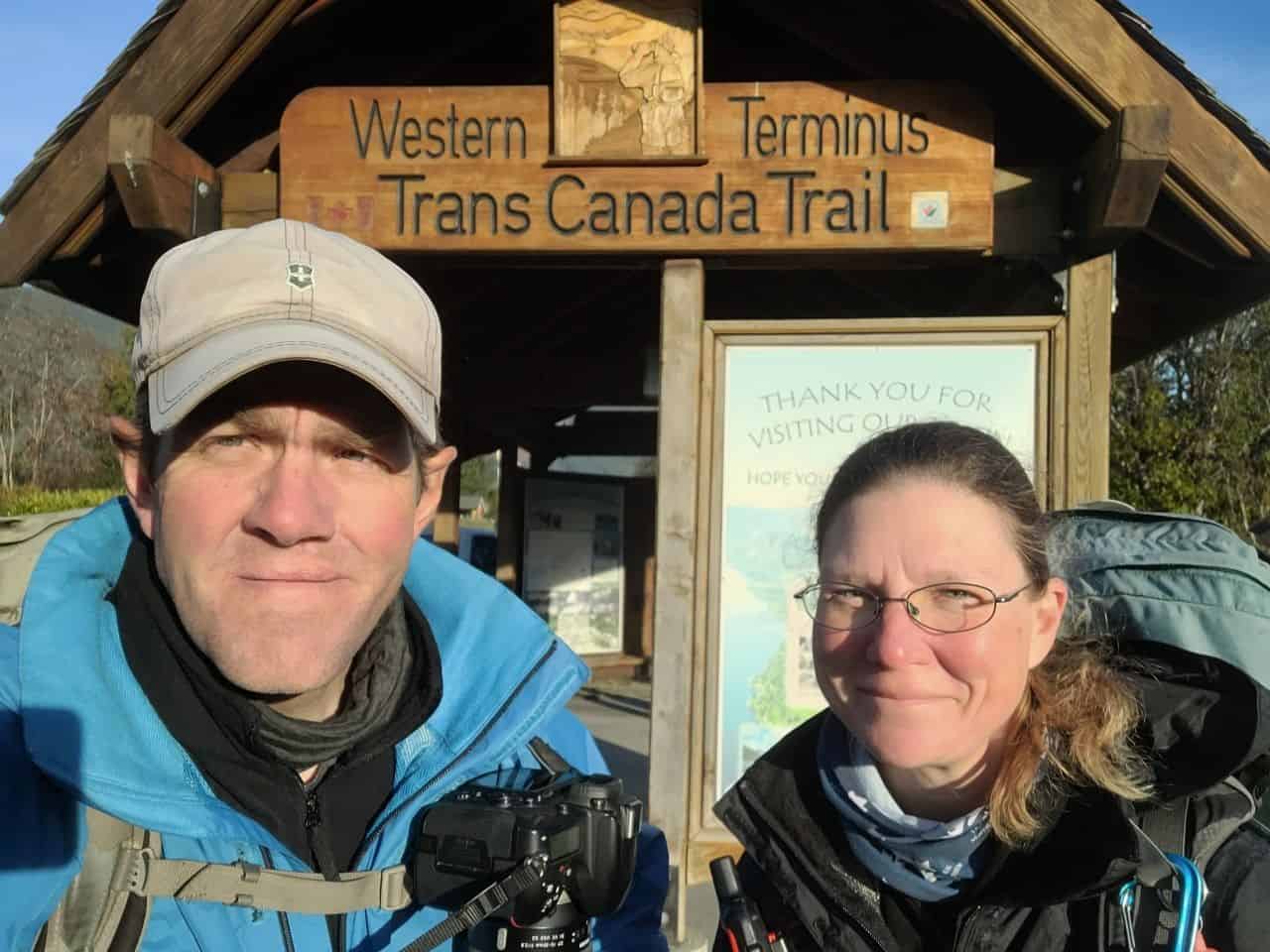
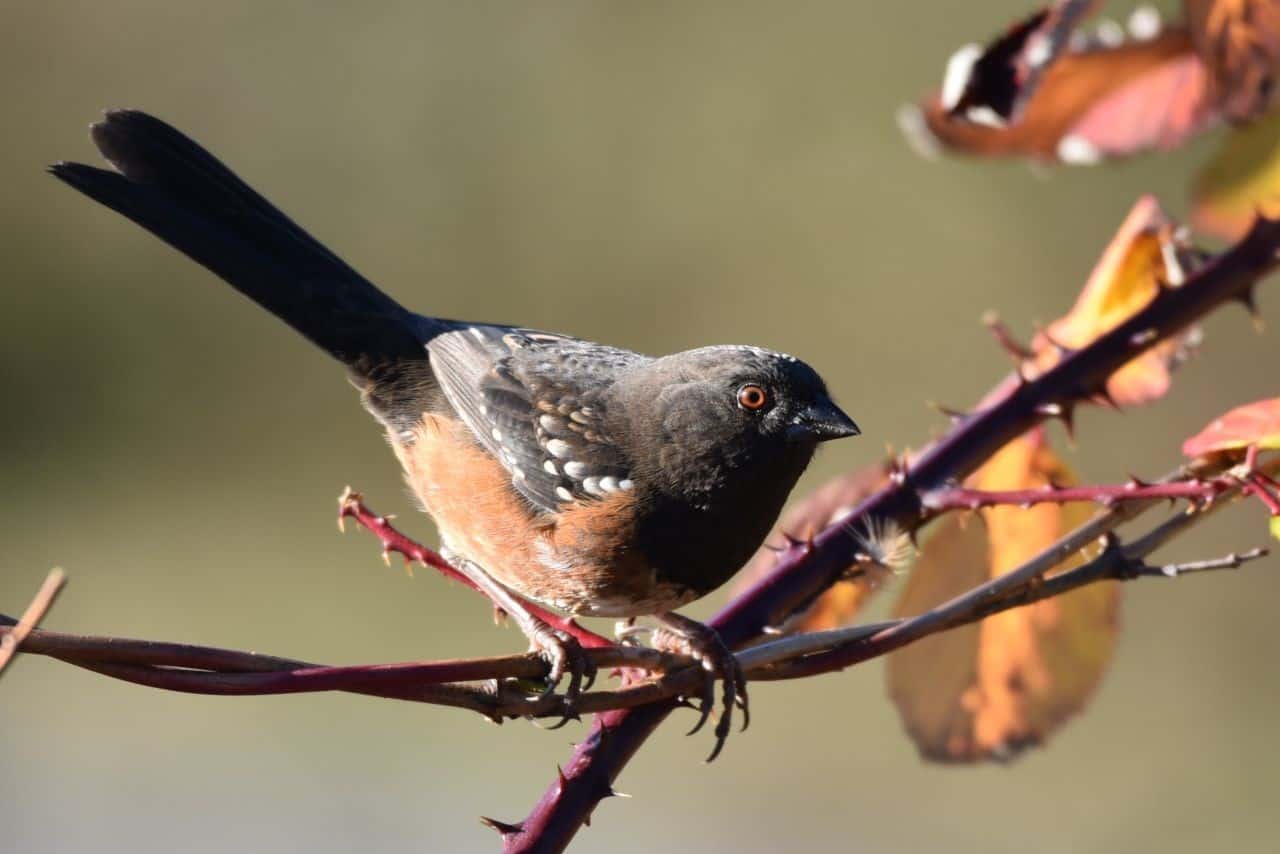
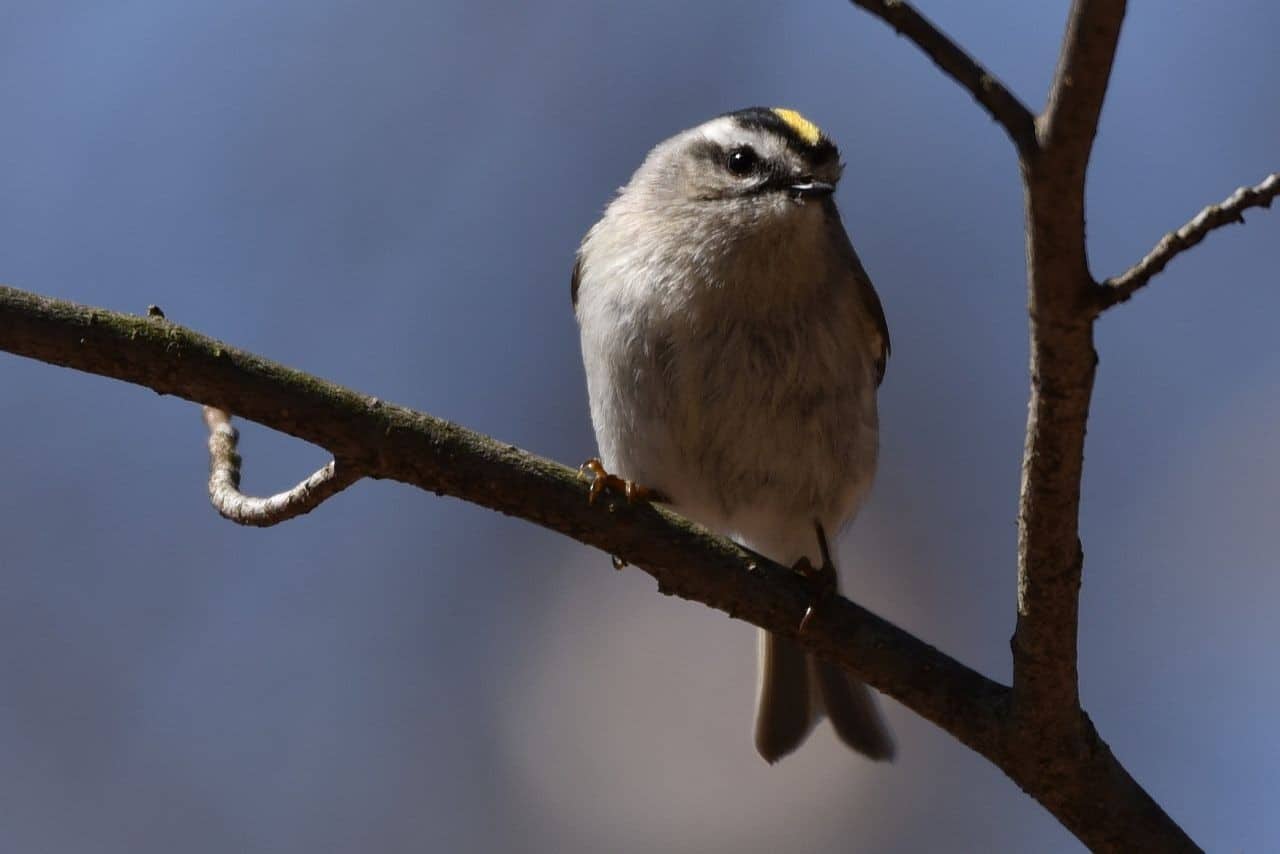
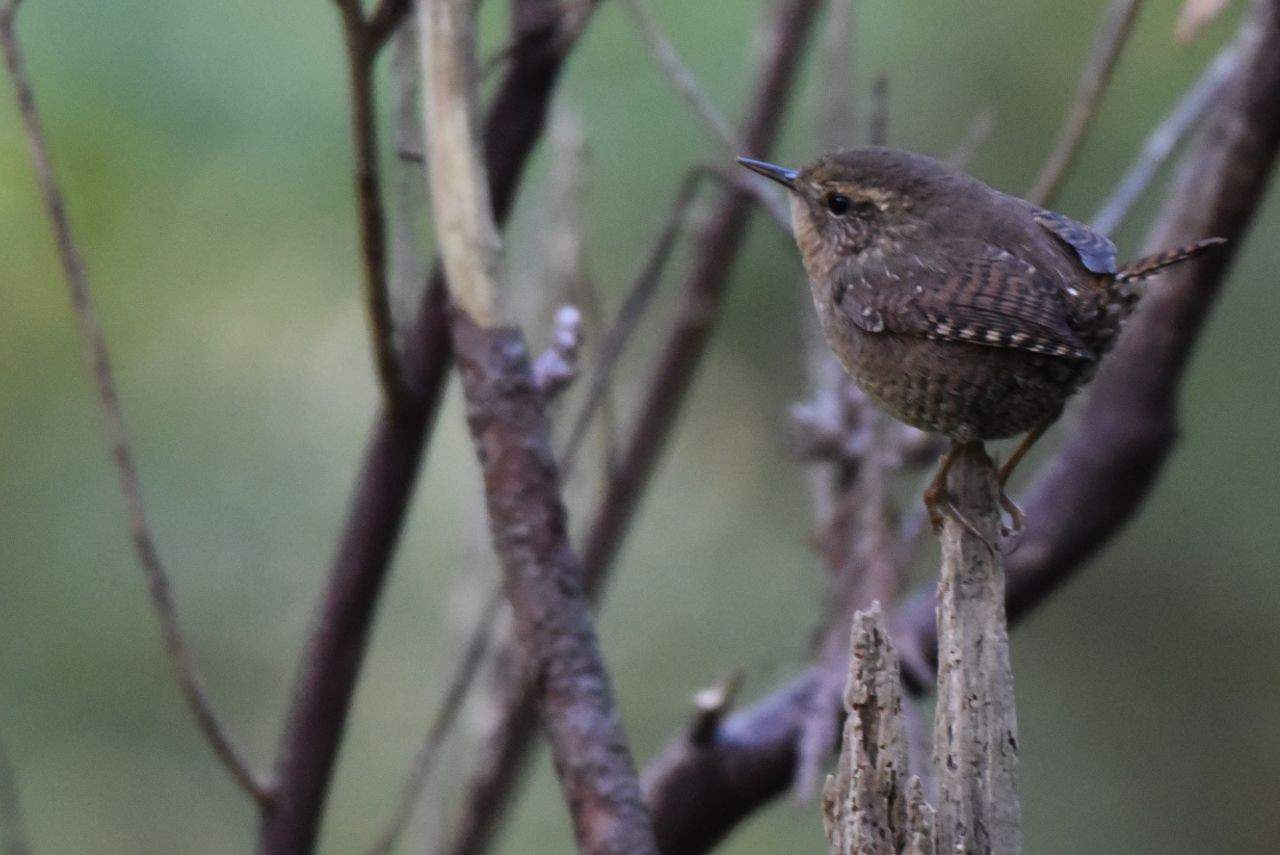
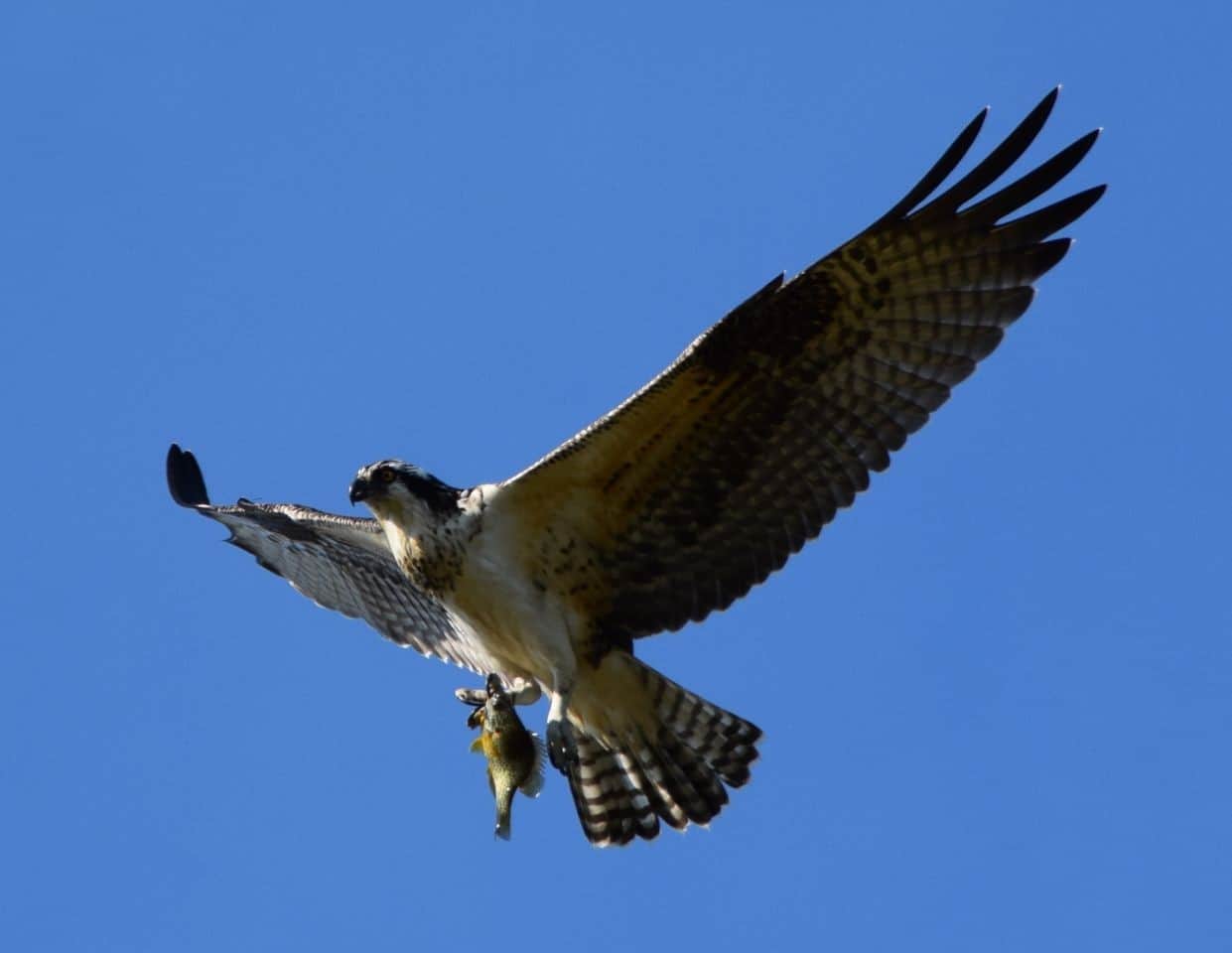
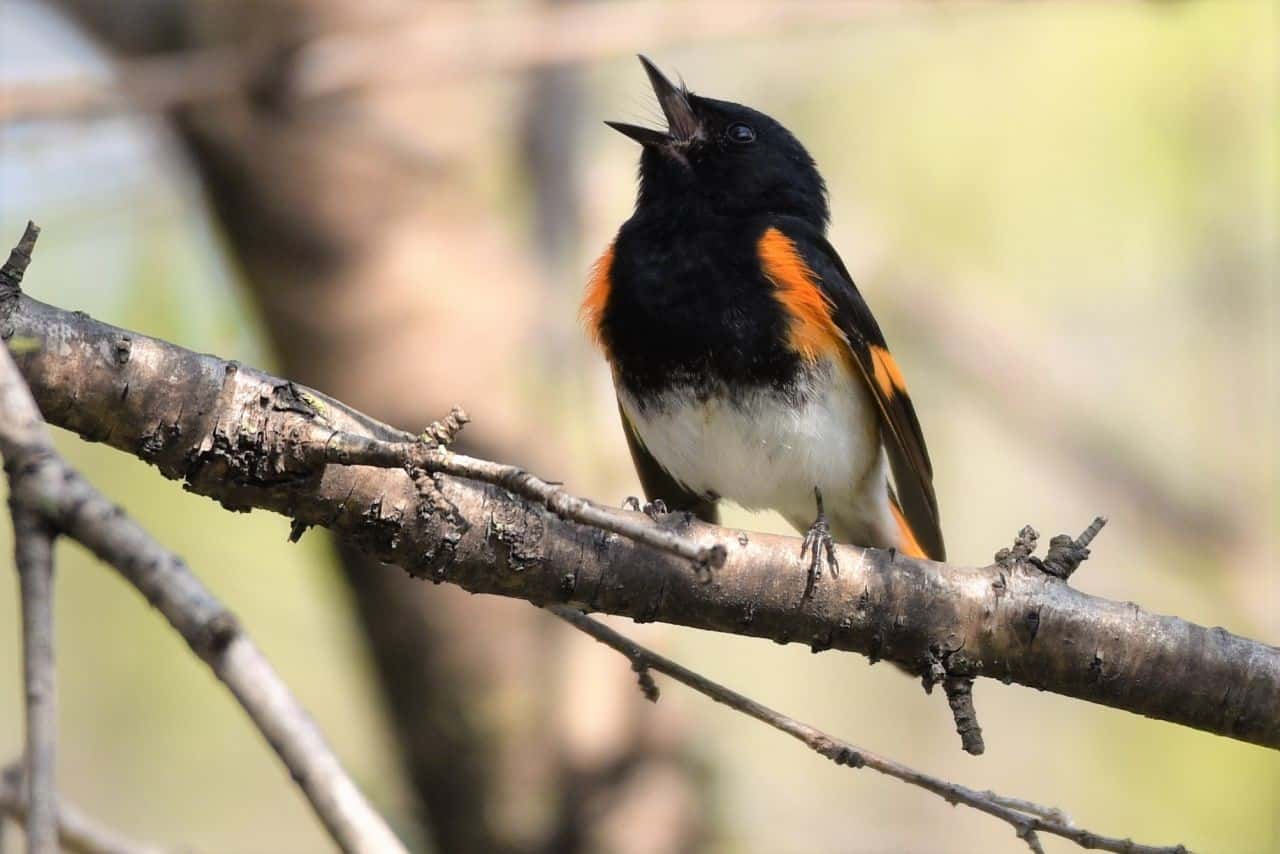
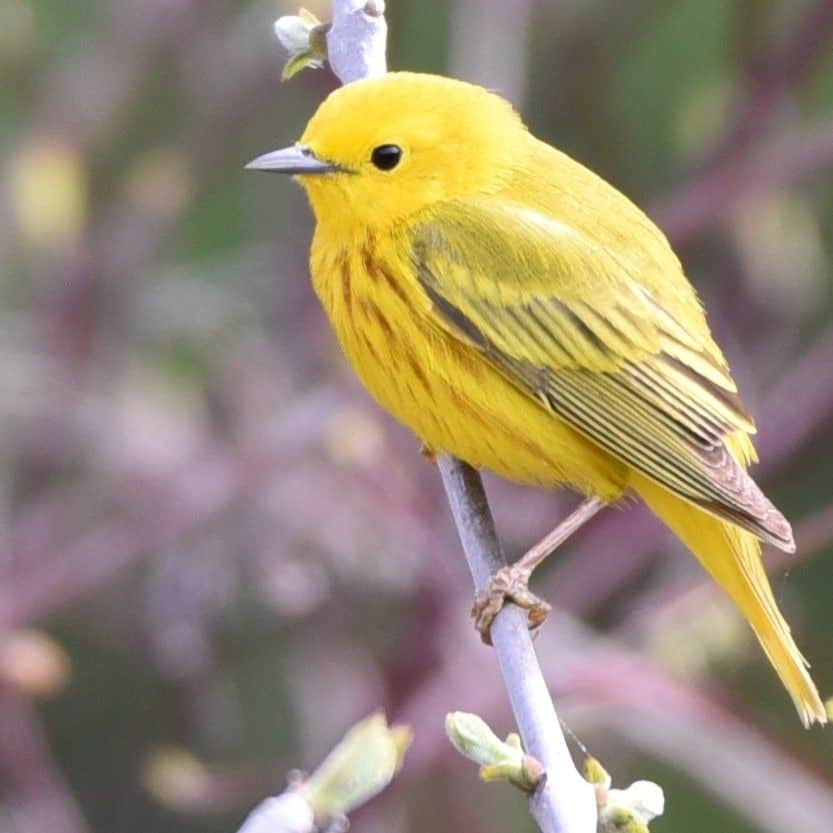
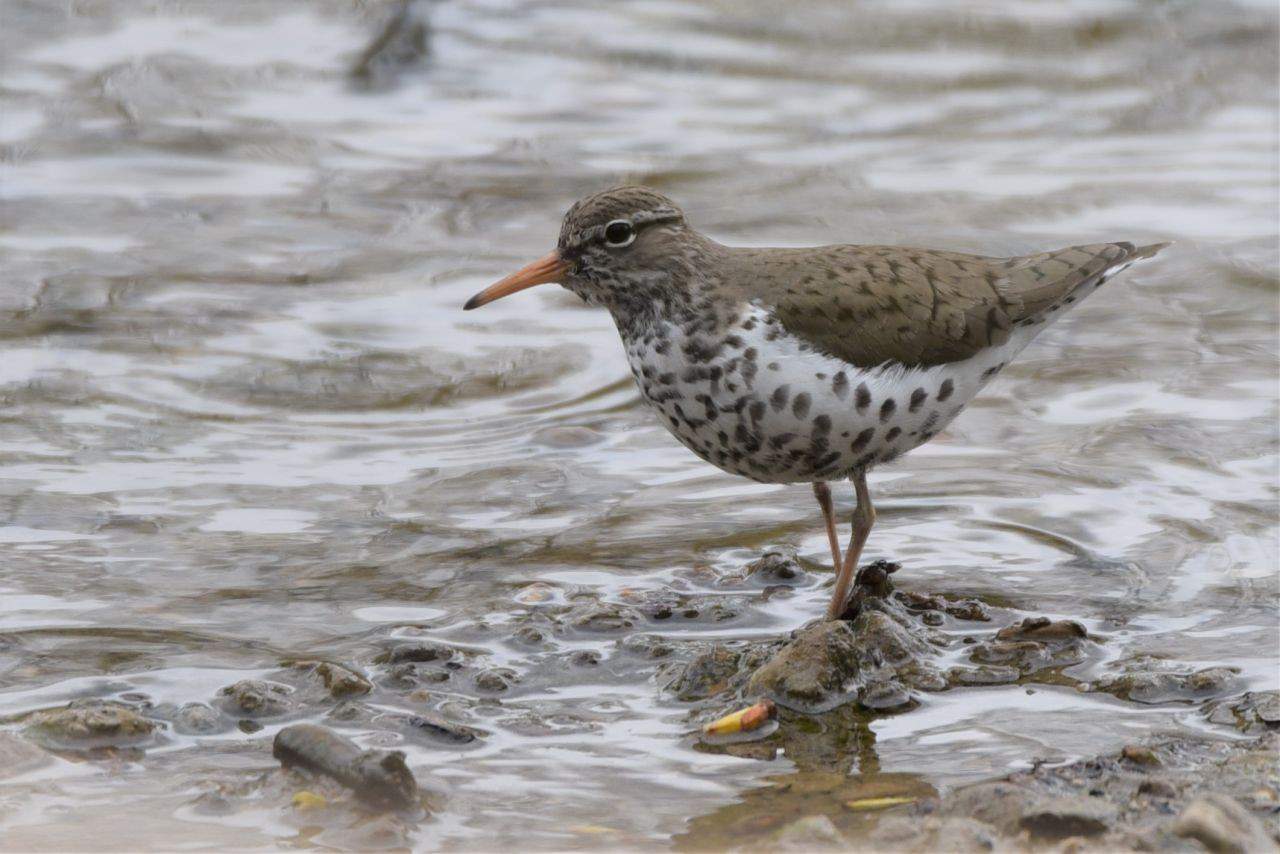

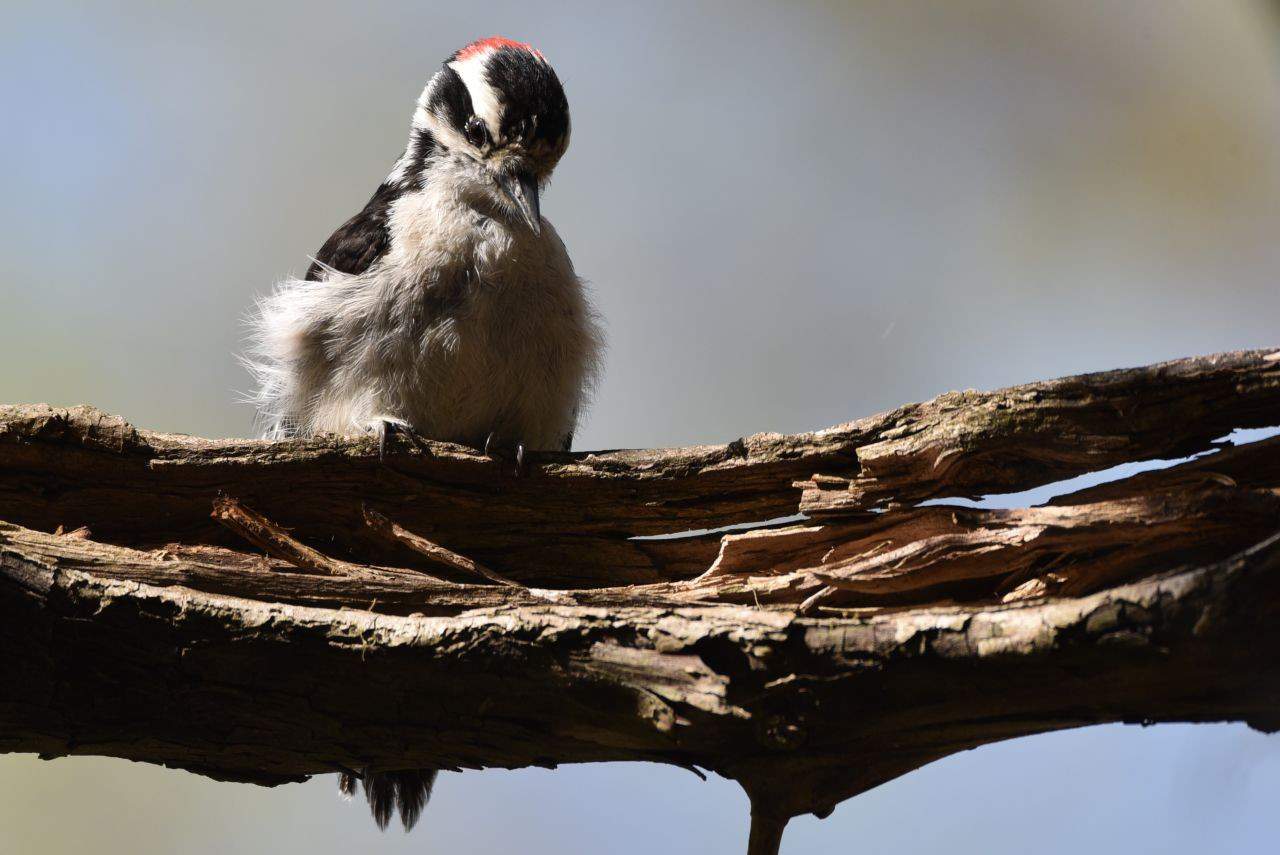
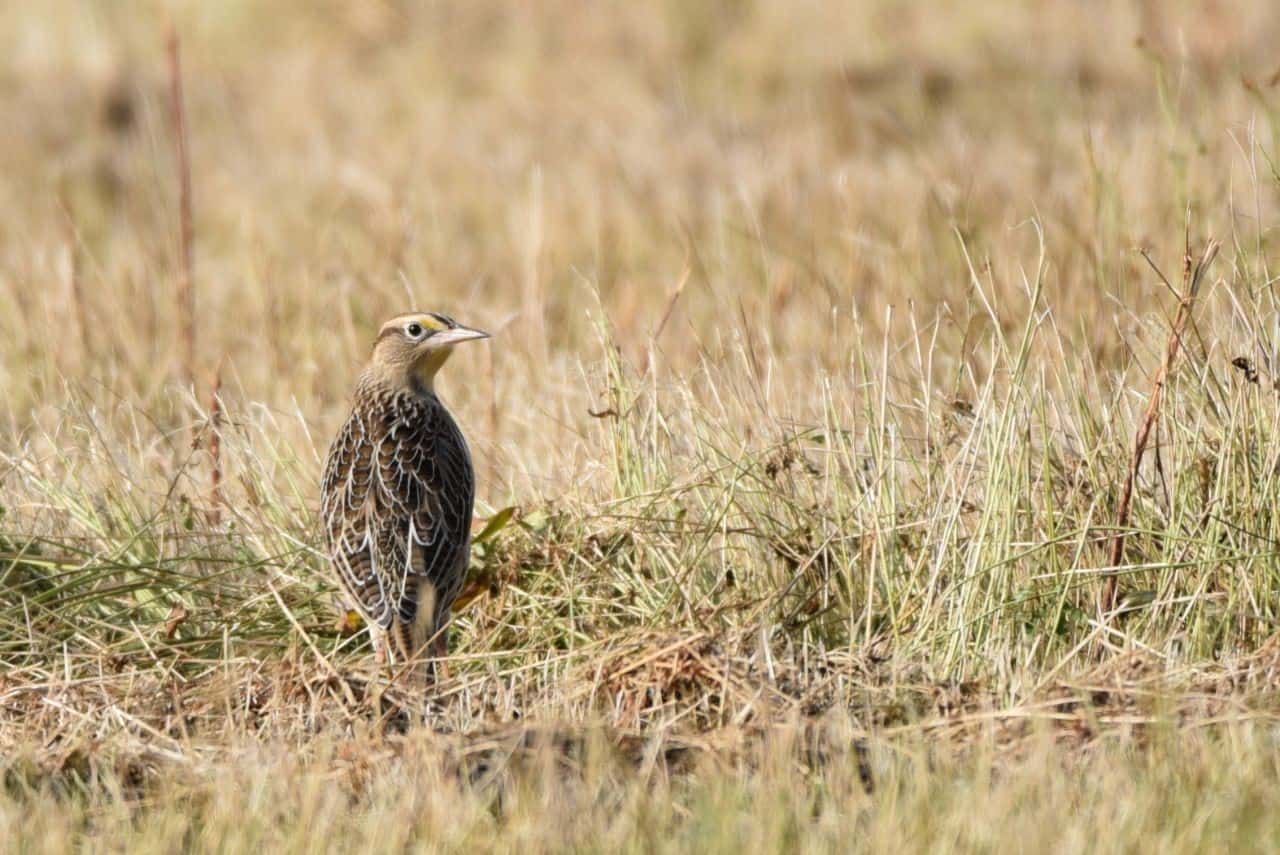
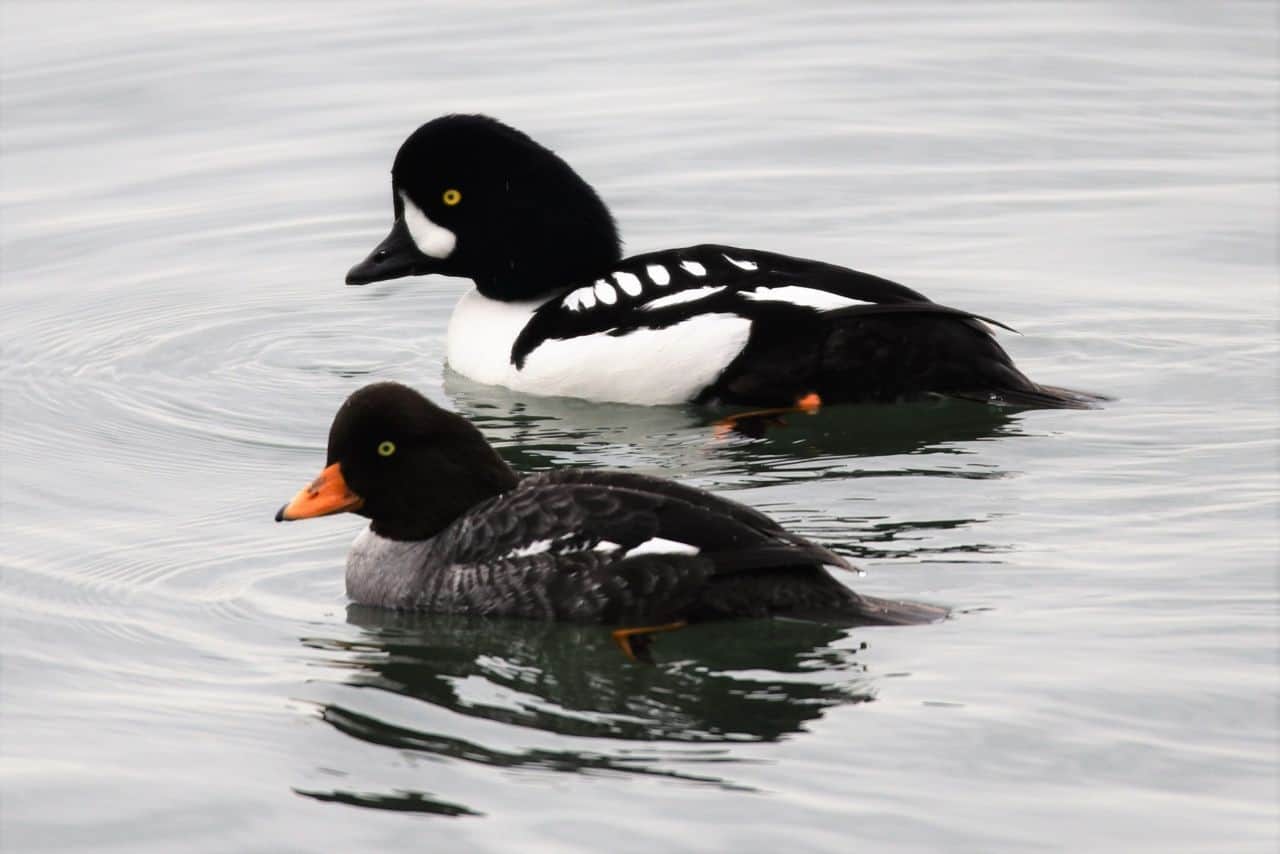
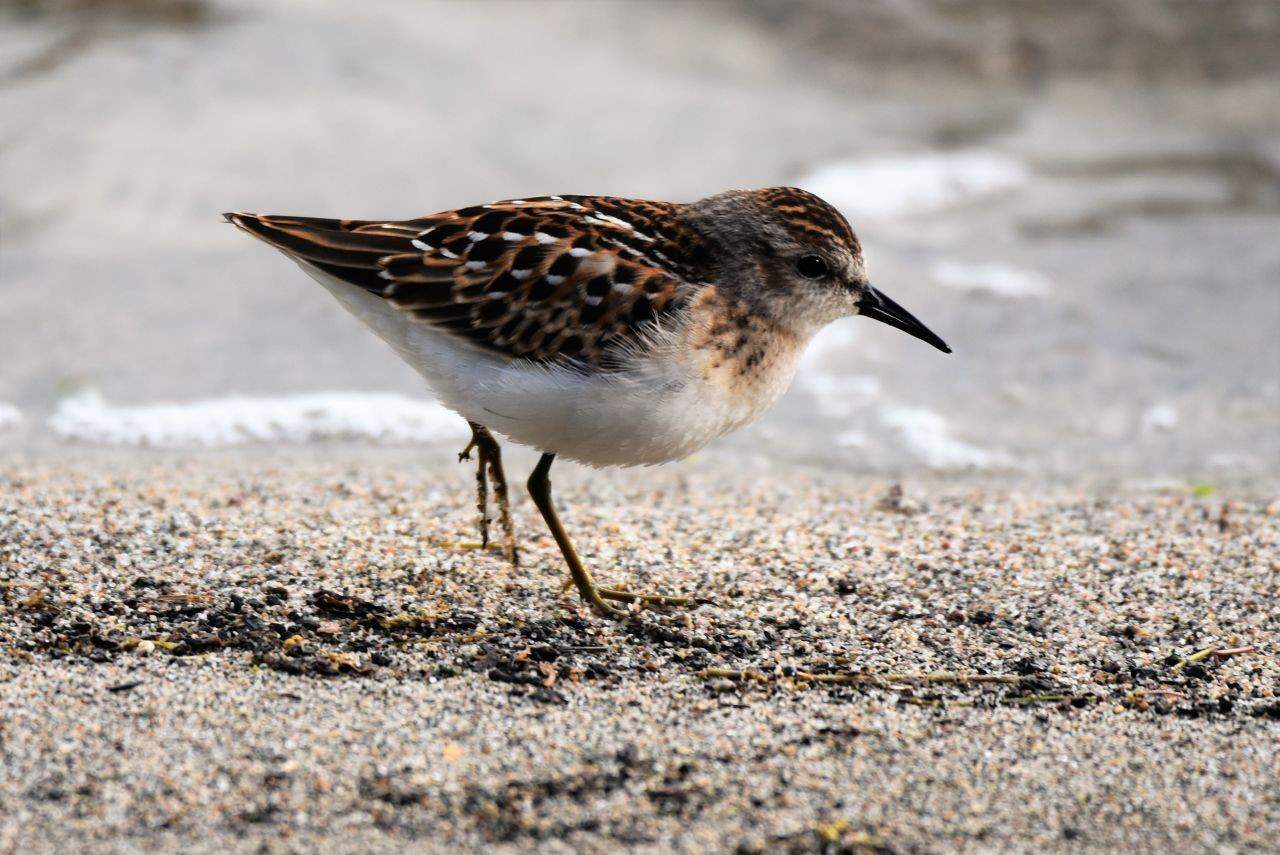
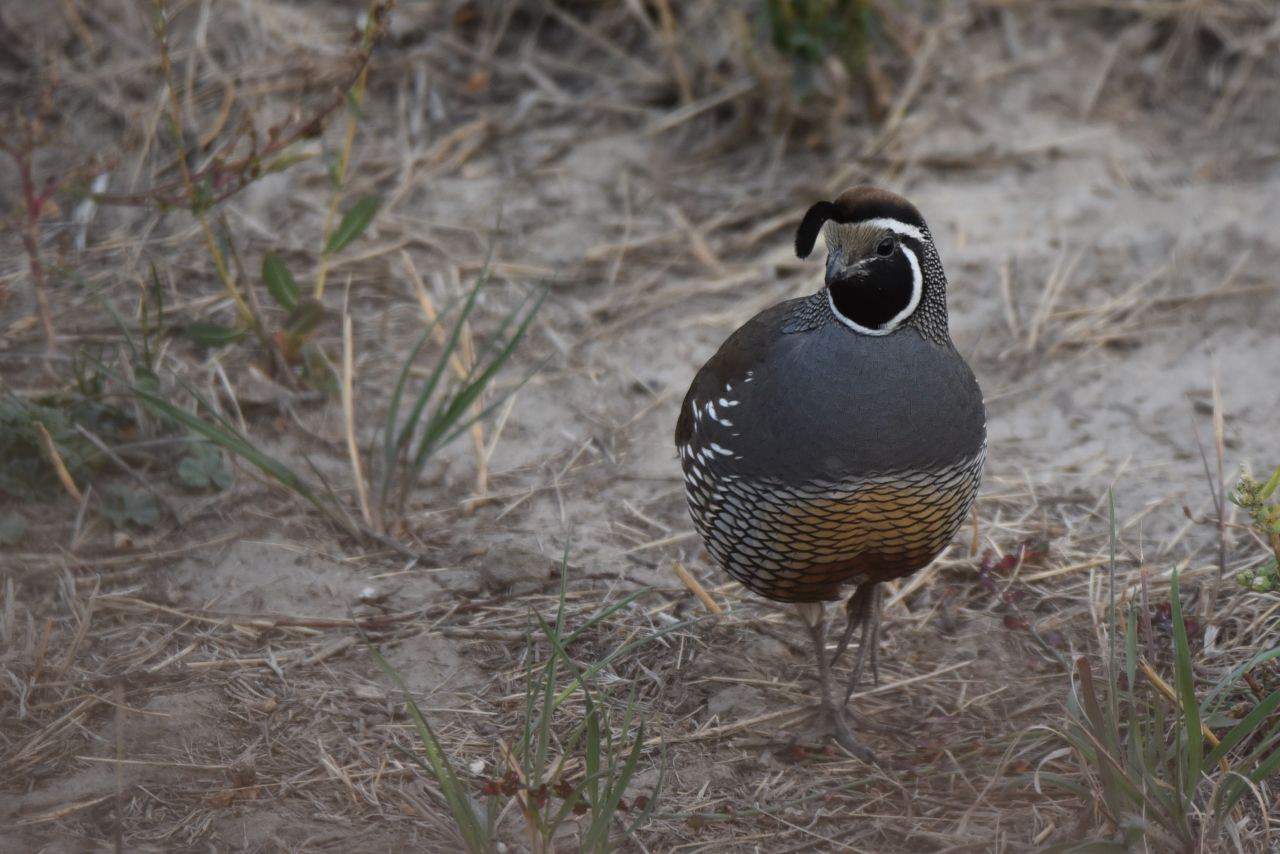
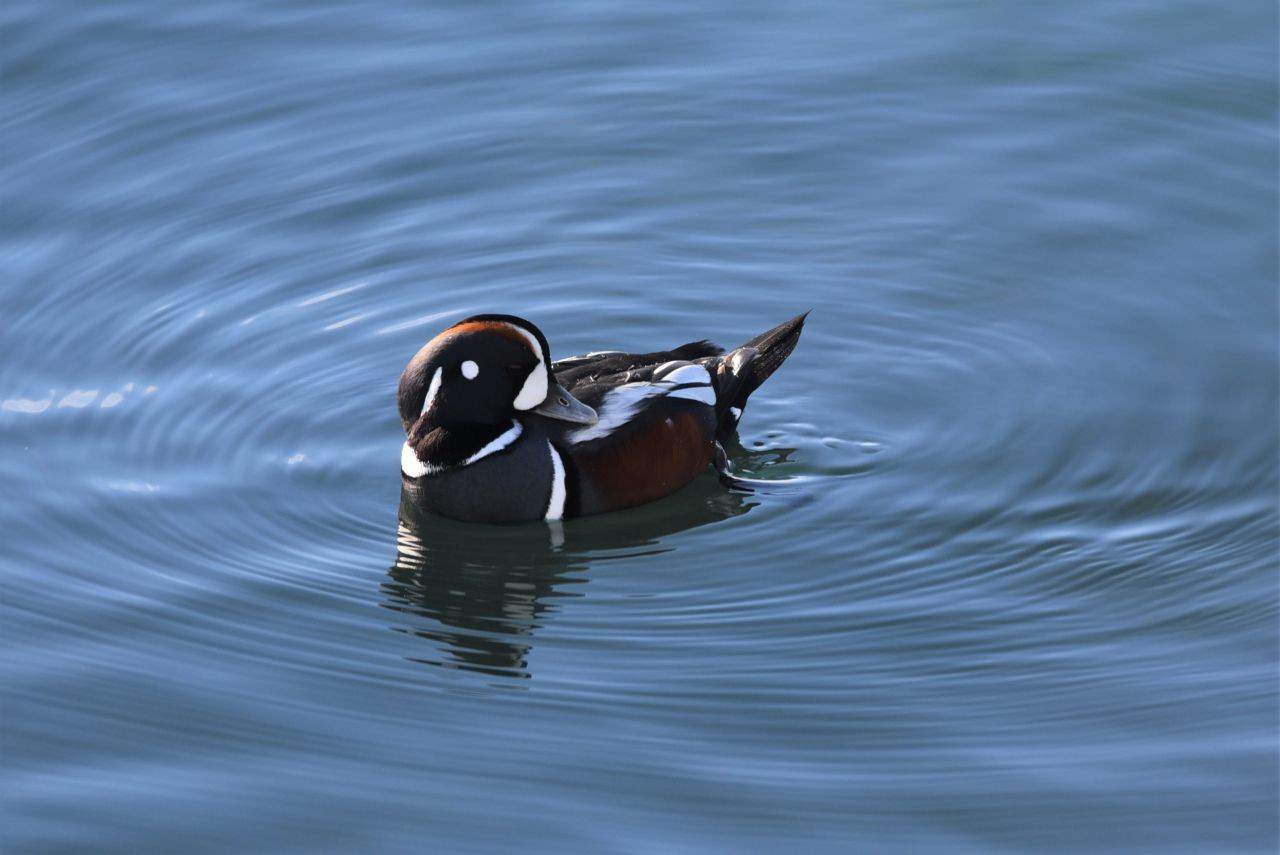

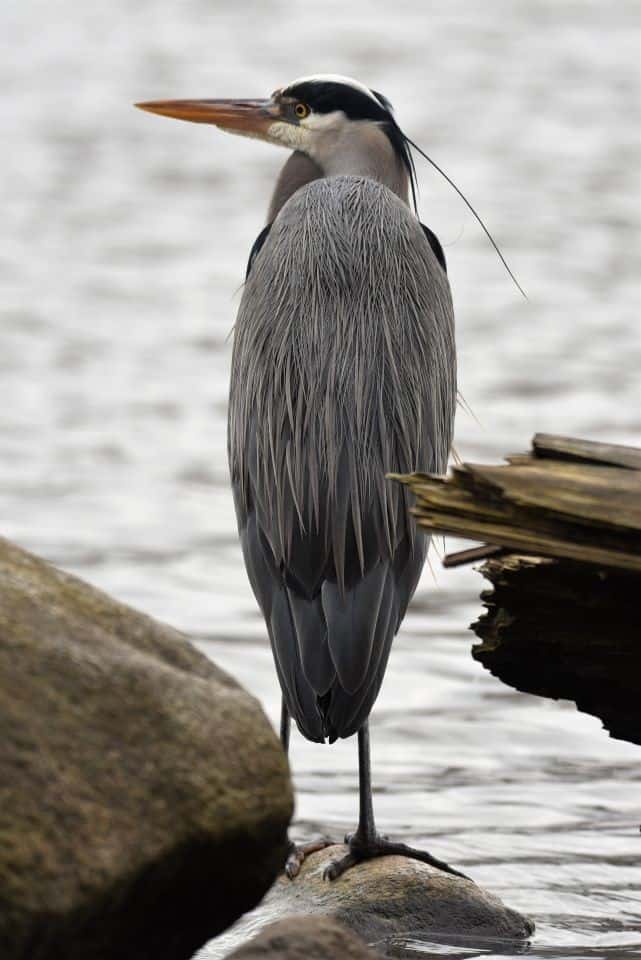
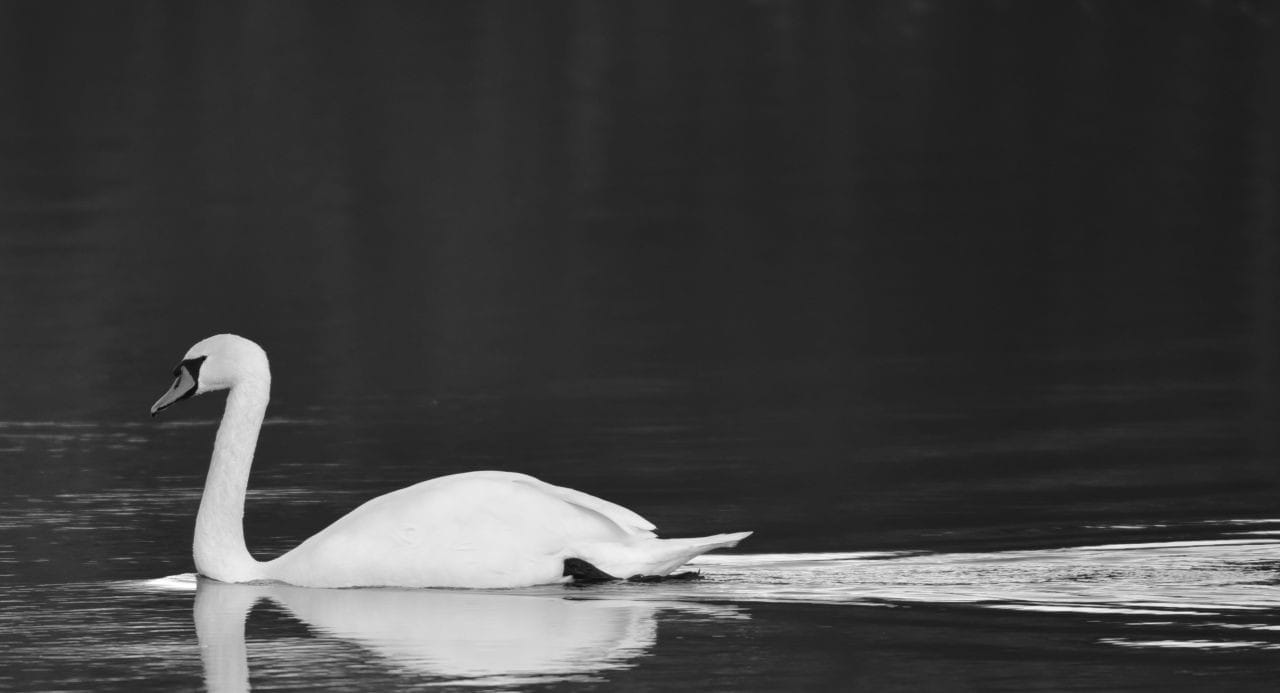

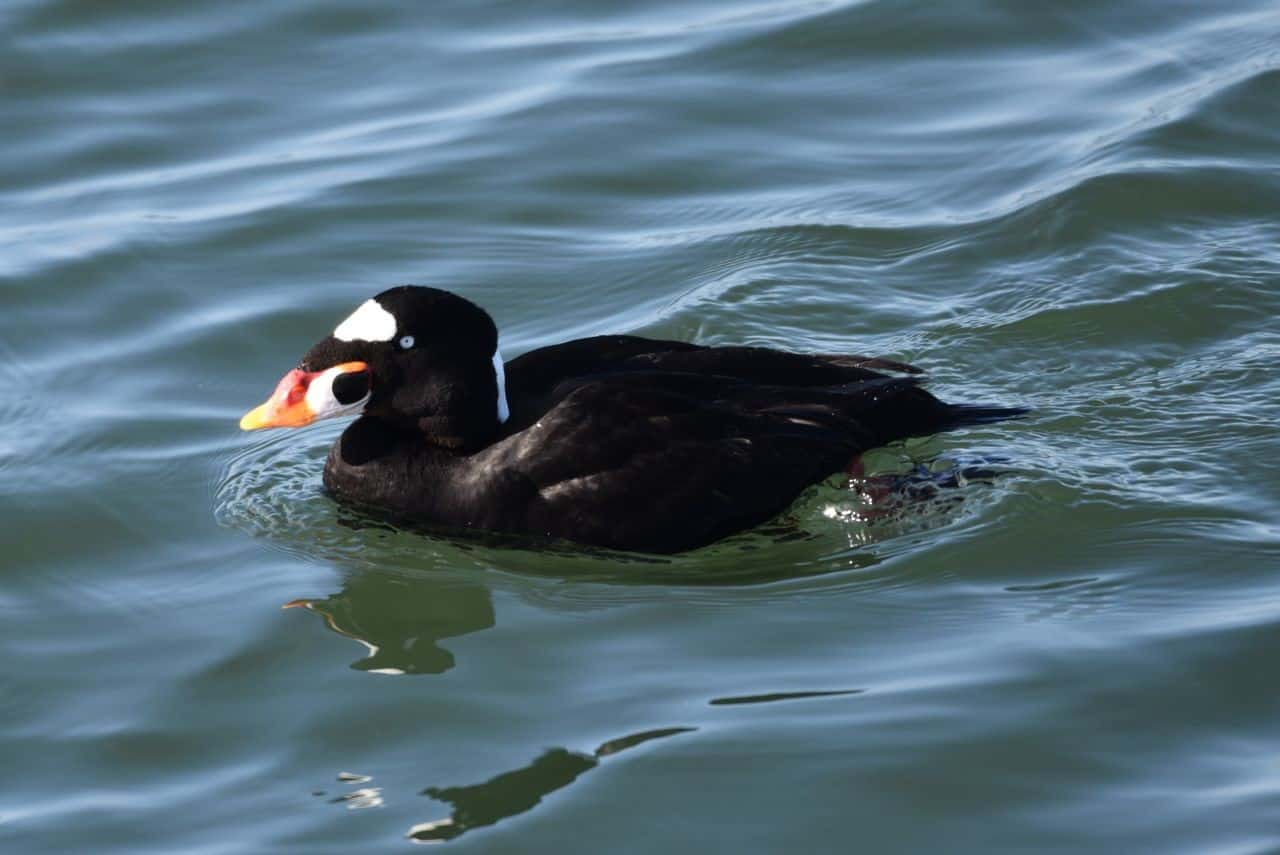
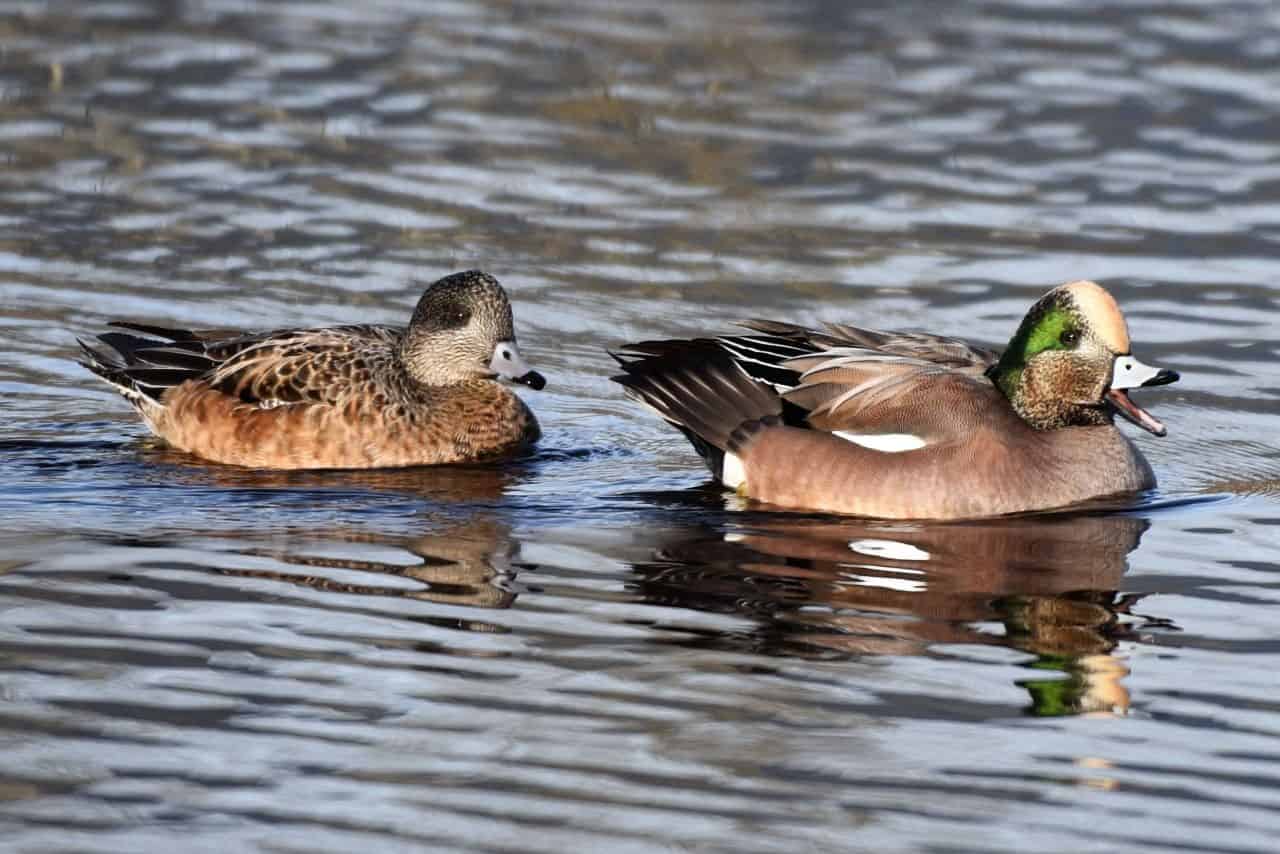
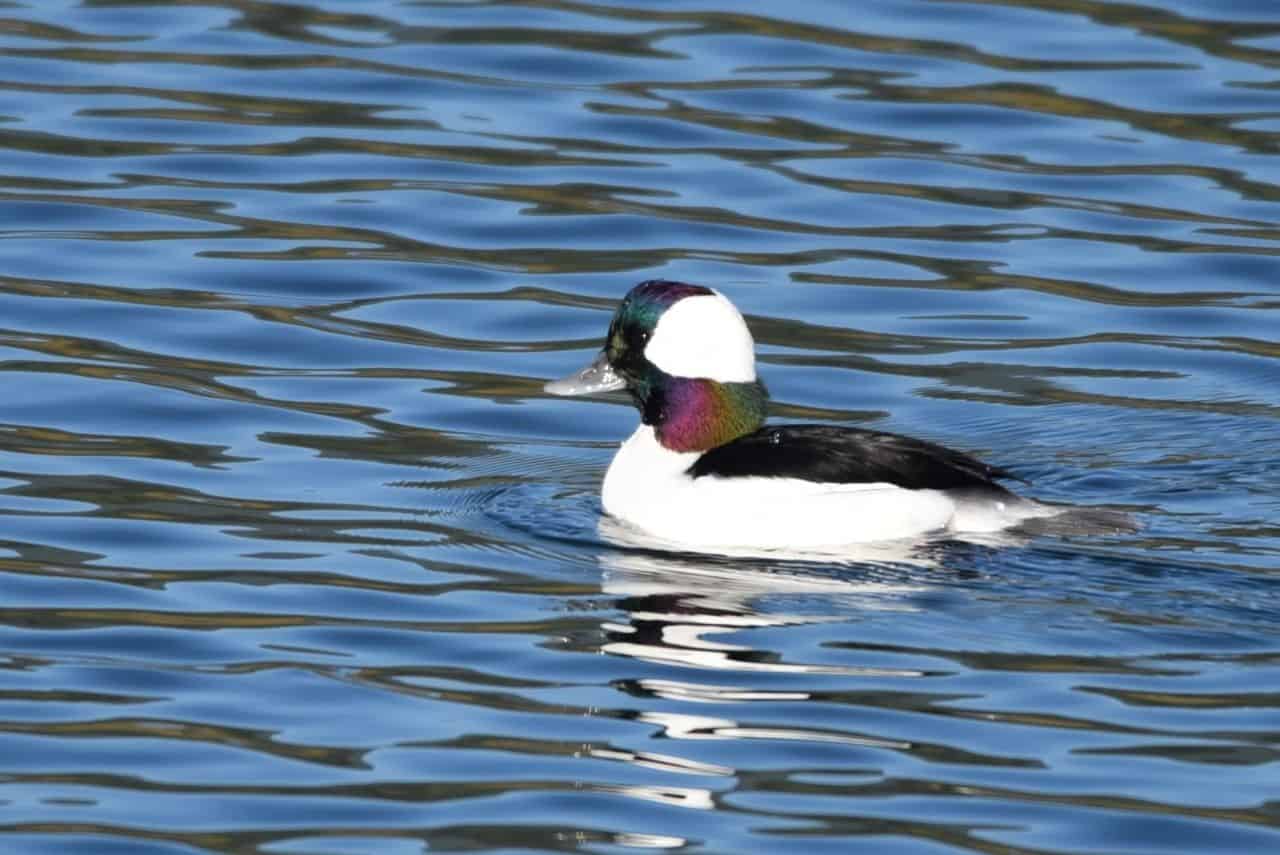
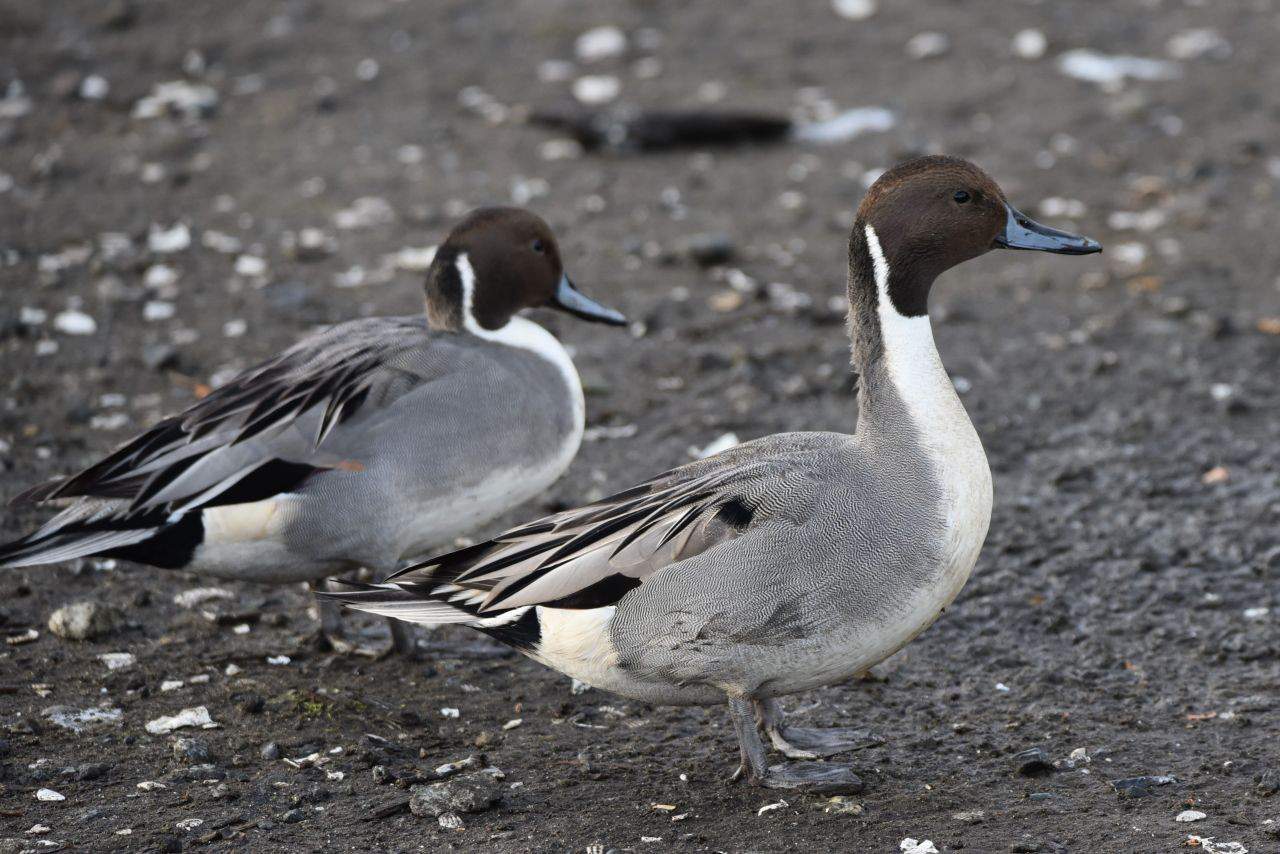
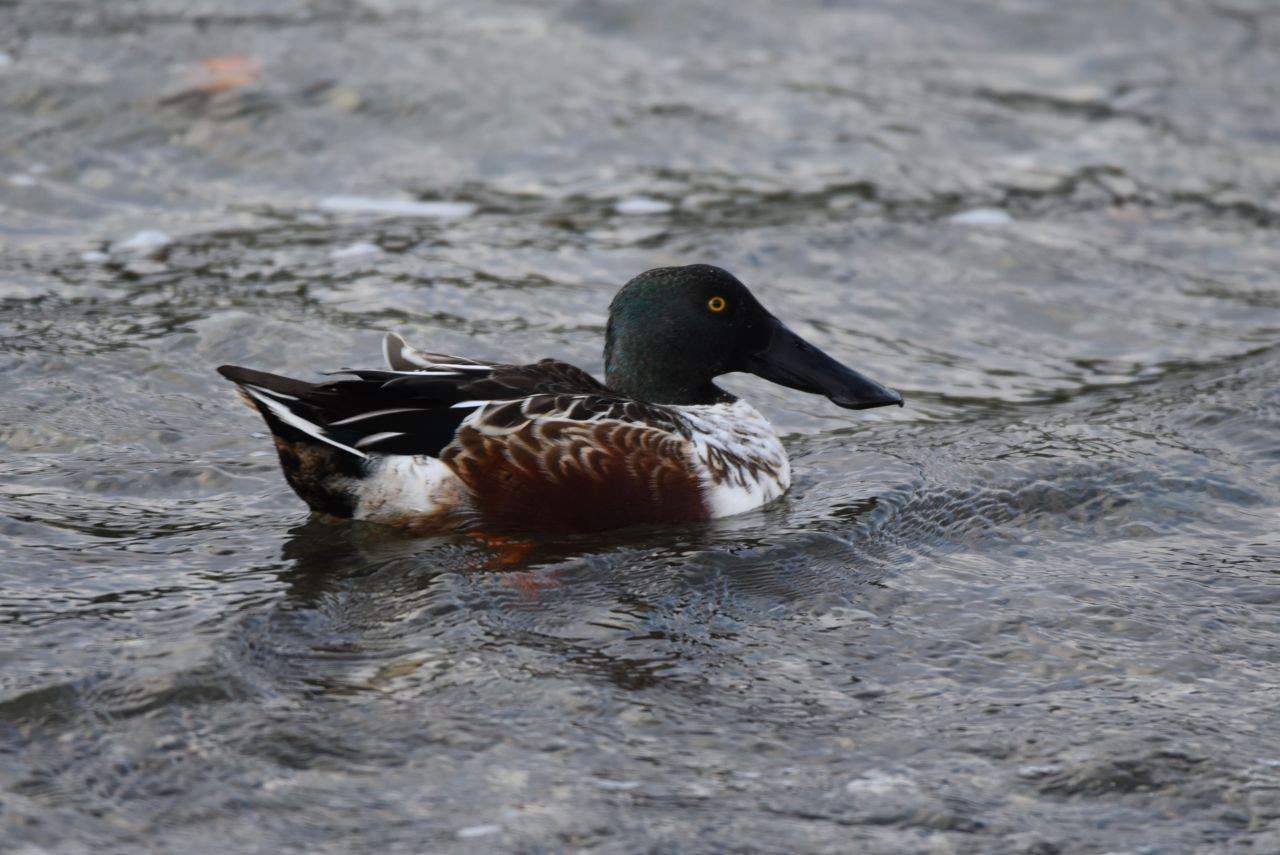
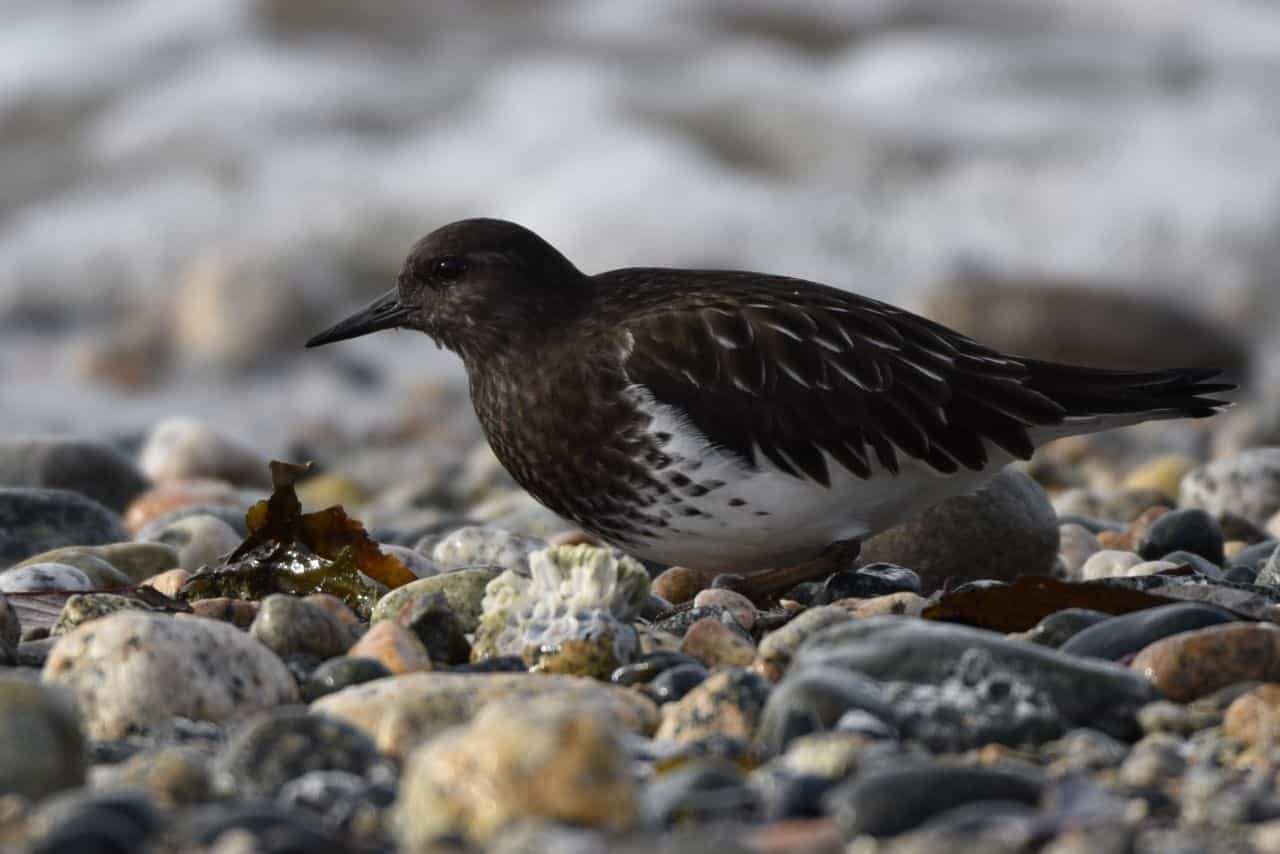


Comments 3
Fantastic photos. I love the one of the osprey with the sunfish in its grips!
I've visited the lagoon before! It was an awesome area and I will be sure to keep some of these others in mind while traveling in B.C. Thanks!
Love your thorough descriptions of the trails and what birds a person might see. The photos of the various birds are great. Some of these I've never seen before. I live in the lower mainland of British Columbia and I'll definitely visit one site you mentioned that is near my home.
Andrea Horning I'm glad if it gave you some more traveling ideas I love watching Osprey fish - sometimes they completely submerge while making the catch.